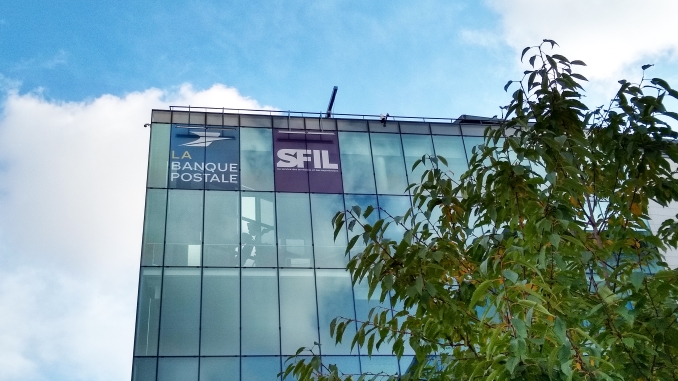
Caffil sold the first bond from a new and enlarged group green, social and sustainability framework on Tuesday, a €750m five year green transaction that benefited from the scarcity of both its maturity and ESG nature, according to SFIL’s Gonzague Veillas.
The new issue is the fifth euro benchmark transaction of the year from Caisse Française de Financement Local (Caffil) (with the first having been a dual-tranche trade) for an aggregate of €4.5bn. Including parent SFIL’s issuance, it is the French group’s seventh benchmark transaction of 2022, bringing its total issuance to €6.3bn – above its initial target for the year.
Tuesday’s issue was announced as a euro benchmark, but a target size of €750m was flagged early during execution and syndicate bankers said the ceiling supported demand for the paper. Olivier Eudes, head of ALM and financial markets at SFIL, said the amount matched the group’s needs, with the new issue being its last of the year.
The five year maturity is rare for Caffil – its last such issue was in April 2020 and it has only on two other occasions issued euro benchmarks of five years and shorter.
“We take the market as it is,” said Eudes, “finding where demand is and issuing there as long as it fits the needs we have in terms of ALM and liquidity, and in the last weeks we have seen a lot of short term transactions.”
The €750m November 2027 issue was priced at 11bp over mid-swaps by leads BNP Paribas, ING, La Banque Postale, LBBW and Natixis, following guidance of the 15bp area and on the back of a final order book of €1.6bn, with bankers putting the new issue premium at around 4bp.
“It was a very nice transaction,” said Eudes. “The 2.1 times oversubscription is in line with the historical levels Caffil has received and better than some the transactions we have seen recently in the market. Beyond the strong book, we also had strong momentum in the bookbuilding process and in our capacity to tighten he price.”
Some 78% of the new issue was placed with investors classified as ESG accounts and Gonzague Veillas, head of financing and treasury at SFIL, said that the green nature of the transaction played into demand alongside the maturity. He noted that year-to-date green covered bond supply has been just €13bn, with the only French issuance having been two issues in the first half of the year totalling €1.75bn.
“We took advantage of a double scarcity,” he said, “the scarcity of the five year maturity for Caffil, and the scarcity of the green covered bond product itself. This contributed to the strong placement, notably to central banks and official institutions, which represented 35% of the allocation.”
Alongside the central bank and official institutions share, investment managers were also allocated 35%, while banks took 29% and insurance companies 1%. A quarter was placed in Germany and Austria, 17% in Switzerland, 14% in the Middle East and Africa, 13% in France, 10% in the UK, 9% in the Benelux, 7% in the Nordics, 3% in Italy, and 2% elsewhere, with 57 accounts participating.
The green covered bond is Caffil’s second, following a debut in 2019, and the first issue from the group out of a new green, social and sustainability bond framework established last month covering issuance by both Caffil and SFIL.
“For this first transaction, we decided to focus on green, for investment loans to local authorities in France,” said Eudes. “But this framework is larger than we had in the past: we have social as well as green loans for local authorities now, and we have enlarged the framework with the capacity to include social and green export credit activity.”
In addition to its existing green loan programme, the group is now offering local authorities social loans to be financed via the issuance of social bonds. The new programme will also allow for the financing of export loans with social or environmental objectives granted under SFIL’s mandate. La Banque Postale CIB and Natixis were co-structurers of the new framework.
The group will also continue to issue social bonds financing the public hospital sector under a separate framework dedicated to public healthcare.



